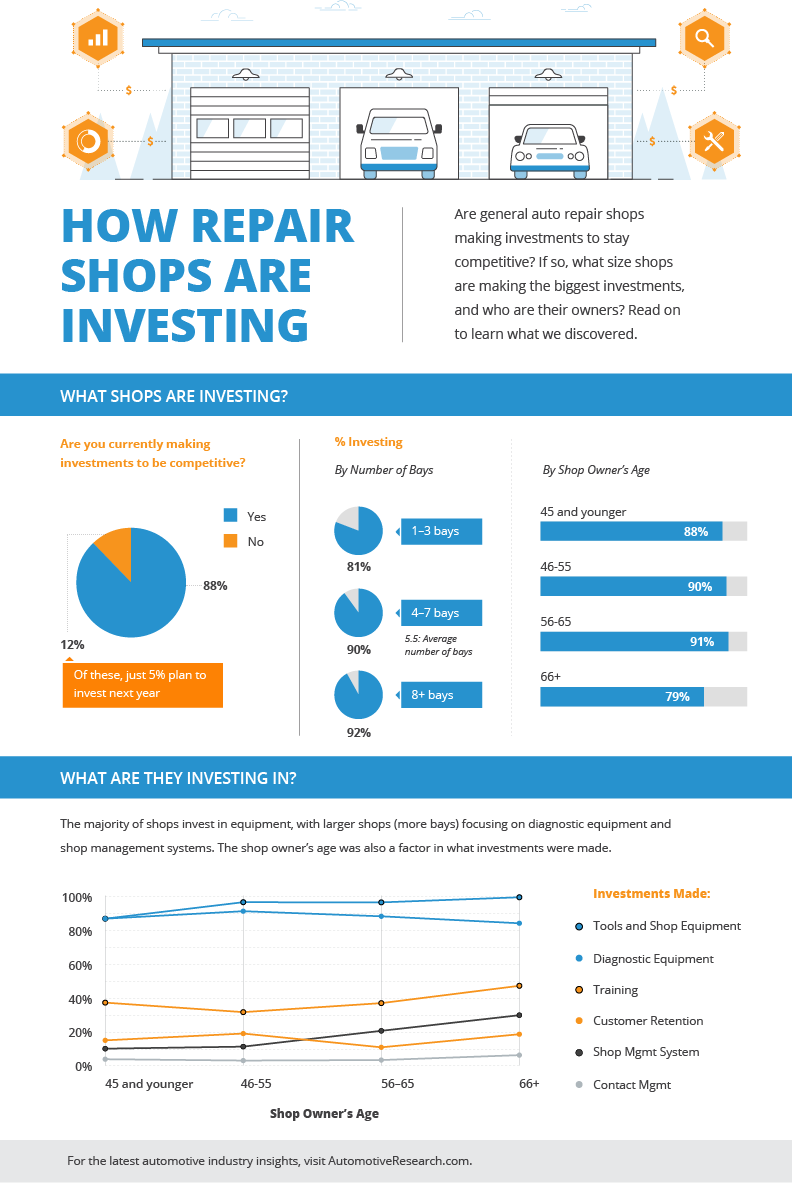Uncover The Significances Behind The Control Panel Caution Lights In Your Vehicle To Secure The Health And Safety Of Your Lorry
Uncover The Significances Behind The Control Panel Caution Lights In Your Vehicle To Secure The Health And Safety Of Your Lorry
Blog Article
Article Developed By-Kessler Crawford
When you lag the wheel, those glowing warning lights on your dashboard can be a bit difficult. Do you recognize what they're attempting to inform you about your vehicle's wellness? Recognizing the value of these lights is essential for your security and the durability of your automobile. So, the next time one of those lights appears, wouldn't you want to analyze its message properly and take the needed steps to address it?
Common Caution Lights and Interpretations
Identify common caution lights in your car and recognize their significances to guarantee risk-free driving.
One of the most common warning lights consist of the check engine light, which signals problems with the engine or discharges system. If this light comes on, it's critical to have your automobile inspected quickly.
The oil stress alerting light suggests low oil pressure, requiring immediate interest to avoid engine damage.
A blinking battery light could suggest a damaged billing system, potentially leaving you stranded otherwise dealt with.
The tire pressure tracking system (TPMS) light alerts you to low tire stress, impacting vehicle stability and gas performance. Neglecting this can lead to dangerous driving problems.
The ABS light indicates a trouble with the anti-lock braking system, compromising your capability to stop quickly in emergency situations.
Lastly, the coolant temperature level alerting light warns of engine getting too hot, which can lead to serious damage otherwise resolved quickly.
Comprehending these usual caution lights will help you deal with problems without delay and maintain risk-free driving problems.
Value of Prompt Focus
Understanding the common caution lights in your vehicle is only the first step; the value of quickly resolving these cautions can not be stressed enough to ensure your security when driving.
When related website brightens on your dashboard, it's your auto's way of interacting a possible concern that needs focus. Neglecting these cautions can cause extra severe problems later on, compromising your safety and potentially costing you more out of commission.
Trigger focus to advising lights can protect against failures and accidents. As an example, a flashing check engine light can suggest a misfire that, if left ignored, could cause damages to the catalytic converter. Resolving this without delay can conserve you from a costly fixing.
In a similar way, a brake system cautioning light could indicate reduced brake fluid or worn brake pads, essential elements for your safety and security when driving.
Do It Yourself Troubleshooting Tips
If you see a warning light on your control panel, there are a few DIY fixing suggestions you can attempt prior to looking for specialist help.
toyota mechanic near me is to consult your vehicle's handbook to understand what the details caution light suggests. In some cases the problem can be as simple as a loosened gas cap causing the check engine light. Tightening the gas cap might resolve the issue.
An additional typical issue is a low battery, which can cause numerous alerting lights. Checking pro tech automotive for deterioration and ensuring they're protected may take care of the problem.
If a caution light lingers, you can try resetting it by separating the car's battery for a couple of minutes and after that reconnecting it. Additionally, examining your automobile's fluid levels, such as oil, coolant, and brake fluid, can assist troubleshoot alerting lights connected to these systems.
Final thought
To conclude, recognizing your cars and truck's caution lights is crucial for maintaining your vehicle running smoothly and safely. By quickly resolving these signals and knowing what they mean, you can stay clear of pricey repair work and prospective failures.
Remember to consult your car's handbook for particular details on each alerting light and take action accordingly to guarantee a trouble-free driving experience.
Keep informed, stay secure when traveling!
